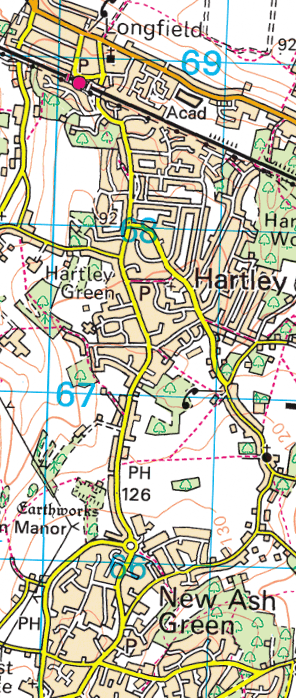E-bikes and E-scooters
A summary of the existing law, and where it ought to be heading.

Since being elected I’ve received a number of letters (and had some discussion with colleagues) on the subject of e-scooters and e-bikes. Many are supportive of these new methods of personal transport but I have also heard concerns on safety grounds (particularly in respect of visually impaired pedestrians) in particular with reference to e-scooters. E-scooters are not currently legal for use on public roads (or on pavements, obviously) and this post looks at the current law and how it might (and, in my view, should) develop over the next few years.
Clearly many local commuters travel from Ash or New Ash Green, down to Longfield Station, to take trains to London so, while the law in this area is a matter for Parliament, there is clearly an important local dimension. The trip to/from Longfield (2-3 miles with a height gain of about 60 metres in the evening) is exactly the sort of regular journey where a bit of power assisted personal transport may seem attractive. Especially if it can be folded up and used for a similar journey at the other end.
Below is a summary of the current law in this area, together with my own estimate as to how it might (and ought to) develop, in respect of e-scooters.
The law on e-bikes is in a good place currently. An e-bike slots into the highway code like an any other bicycle and is, as such, released from the regulatory and bureaucratic burdens which would fall upon, for example, the owner of a motorbike. As with bicycles, helmets are only advised, rather than being a legal requirement. Similarly, there is no requirement to have a licence, insurance or MOT, nor to register ownership, nor to affix a numberplate, indicator lights etc. The quid pro quo for this is that the electric power of an e-bike is limited to 250 Watts and power assistance must cut out over 15.5 mph. Finally, the electric motor is only allowed to assist the cyclist when he is actually peddling. It is this final requirement which prevents the use of e-scooters on the road. [You also have to be at least 14 years old to ride an e-bike on the road.]
Under the current law e-scooters have a totally different status. Currently it is only legal to ride them on the road as part of a licensed e-scooter hire scheme, of which there are none locally (to the best of my knowledge the only such scheme is Kent is in Canterbury). A privately owned e-scooter, if taken on the road, becomes a moped for legal purposes (effectively making its use here illegal – e.g. no insurance, no MOT, etc.).
The legal requirements on e-scooters in hire schemes are similar to that of e-bikes. Their maximum power is 500 Watts (double that of e-bikes) and their maximum (powered?) speed is limited to 15.5 mph (like e-bikes). The extra power does mean they are capable of fairly high (and surprising) initial acceleration from a standing start.
Clearly, as a destination for the law, it makes no sense to ban you from riding your own e-scooter, while allowing you to ride someone else’s (i.e. one belonging to a scooter-hire company). However, it is fairly clear, I think, that the current position is not intended as the destination, but rather as a point on the path to greater freedom in this area. The Government have, quite reasonably, decided to allow a limited test of (on average more responsibly ridden, and well maintained) e-scooters on public roads, through the licensing of hire schemes.
Eventually the thinking must, surely, be to try and put privately owned e-scooters onto public roads, legally, to be ridden like bicycles, in much the same way as e-bikes currently.
Perhaps the above parameters might need to be tweaked slightly. The 500 W maximum power may allow too great an acceleration at slow speeds (though power limits must be sufficiently high to allow hills to be climbed at the speed of a typical cyclist).
There are, of course, safety issues with both new and existing road transport (1390 people were killed on the roads in 2021 – almost all killed by, or in, motor vehicles).
The main safety concern with e-bikes and e-scooters is in respect of the danger to pedestrians. There are concerns related to the quietness of electric transport, or their irresponsible use on pavements, but most of these are familiar issues in the context of bicycles. So it seems that aiming to make e-scooters behave like bikes, and then treating them like bikes, will be the right approach in the long term; pedestrian fatalities at the hands of bicycles are about as frequent in the UK as deaths by lightening strike. Of course there is also the risk to the user herself, but this is manageable and, in any case, accepting that risk is, of course, a matter of individual liberty (though an age limit, as for e-bikes would be reasonable).
The potential benefits of e-scooters could, in the end, be considerable, they can be potentially be made considerably lighter than folding e-bikes as well as being less expensive.
In particular, being able to take a sub 20-kilo e-scooter up and down the hill to Longfield, perhaps to then carry it like a backpack on a train, could be of considerable benefit to a large number of local residents, who might otherwise have to either make the journey by car, or travel to a bus timetable which may not work well for their individual journey.